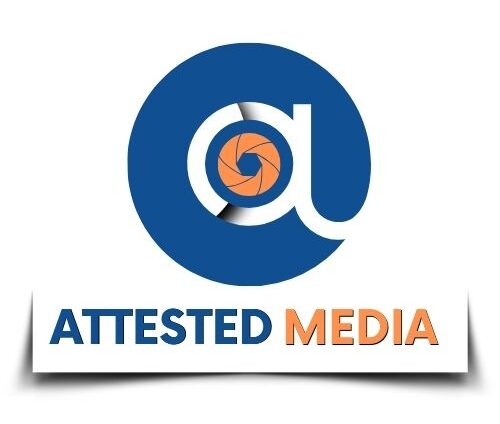Understanding Power, Structure, and Agency
We arrived at the university ready to prove to the guys in humanities that we were doing Physics and Mathematics. We were the tough guys.
Then university calculus, algebra, and modern physics started proving that our high school physics and mathematics were nothing like what we had signed up for. Slowly, classmates stopped talking about the schools they had come from. It had been a big deal before. Nothing personal to the guys from national schools.
Then there was this lecturer who had either mastered or memorized all the formulae in Quantum Mechanics. He never carried notes. It was the responsibility of the class representative to carry his markers and duster.
One time, he announced that the following week we were to do a Continuous Assessment Test (CAT). We prepared for it, and when we saw him coming in his usual posture, carrying nothing except his car key, we rejoiced because we thought he had forgotten. If he remembered, he would at least be carrying some exam materials.
Shock on us. He asked us to tear sheets from our notebooks and then wrote the exam from memory. It was tough. I admired him. He portrayed authority and knowledge. He was powerful.
I sometimes wonder if lecturers and universities still hold the same authority and influence as they did before the age of search engines and instant information access. Who now controls knowledge? The internet, social media, mainstream media, or still a few powerful individuals?
Culture-Centered Approach (CCA)
The Culture-Centered Approach, developed by Dutta in 2005, helps explain how power, structure, and agency intersect within communication. It is rooted in hermeneutic theory, which studies how people interpret meaning. CCA emphasizes how individuals navigate their roles in society through communication shaped by their cultural and systemic contexts.
According to Dutta-Bergman (2004), the CCA challenges dominant communication frameworks that ignore culture. It goes beyond surface messages to examine where and how those messages are created. Most importantly, it highlights how marginalized communities experience exclusion due to the interaction between cultural identity and structural limitations.
Power – Who Controls Knowledge?
Power refers to the authority to define, validate, and dominate certain types of knowledge over others. In most societies, the decision of what is considered “true” or “important” knowledge lies with institutions like governments, universities, religious organizations, and media houses.
Structure – Who Sets the Rules?
Structure refers to the systems and institutions, such as education policies, legal frameworks, and social norms, that regulate how knowledge is produced, shared, and accessed. Structures determine who gets to speak, whose voices are silenced, and what types of knowledge are legitimized.
Agency – Who Gets to Speak?
Agency is the ability of individuals, especially those from marginalized or underrepresented groups, to participate in the knowledge-making process, share their perspectives, and challenge dominant narratives. Amplifying these voices ensures that knowledge becomes more inclusive and representative of diverse lived realities.
Applications of Power, Structure, and Agency via CCA
- In the Family
- Power: Parents or elders often define what is acceptable knowledge or behavior within the household.
- Structure: Traditions, religious practices, and gender roles shape communication and decision-making.
- Agency: Children and younger members are increasingly using social platforms to voice opinions, advocate for mental health, and question outdated norms.
- In Organizations
- Power: Executives and management typically set strategic directions and define what expertise is valued.
- Structure: Policies, hierarchies, and corporate culture determine whose voices are heard.
- Agency: Staff members, particularly from minority or junior positions, are pushing for inclusion, equitable leadership, and transparent communication.
- In Government
- Power: Politicians and policymakers define national narratives and development priorities.
- Structure: Constitutions, laws, and bureaucratic systems control the flow of public information.
- Agency: Civil society, activist groups, and even influencers are reshaping public discourse and demanding accountability through new media platforms.
The definition of “marginalized” is evolving. Social media has empowered individuals who were previously excluded to become influential voices. Citizen journalism is often ahead of mainstream media and intelligence institutions, challenging long-standing power structures. As culture continues to evolve rapidly, so too does the configuration of knowledge.
Power is increasingly being challenged for refusing to adapt to cultural changes. Structures that fail to accommodate people’s concerns are questioned. The current generation is so empowered that if power does not make sense, it is not powerful, and if structures do not preserve legitimacy, they are nothing.
So, who will have the final say when governments no longer have legitimacy and religious leaders no longer have the trust of their followers?
Conclusion
As we move further into a digital and globalized era, it is critical to recognize how power, structure, and agency operate in shaping knowledge and communication. The Culture-Centered Approach offers a framework to examine not only who speaks, but who is heard, and what structures enable or block that voice. More importantly, it reminds us to ensure our voices are not silenced by those who most need to listen.
References
Dutta, M. J. (2005). Theory in health communication: A culturally centered approach. Health Communication, 16(1), 1–18. https://doi.org/10.1207/s15327027hc1601_1
Dutta-Bergman, M. J. (2004). Communication, culture, and health: A culture-centered approach. Communication Theory, 14(3), 247–268. https://doi.org/10.1111/j.1468-2885.2004.tb00310.x
